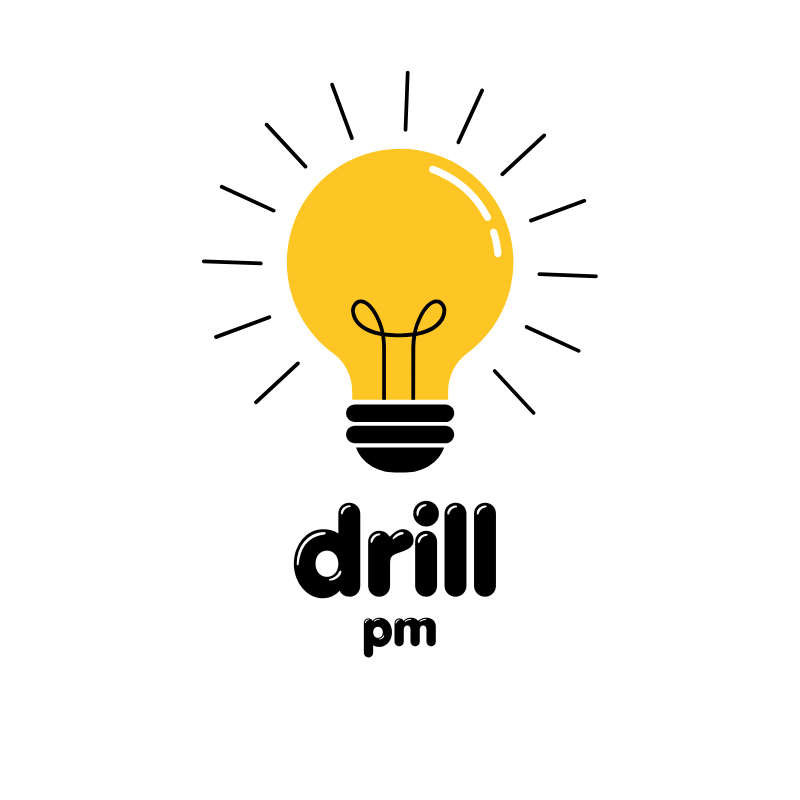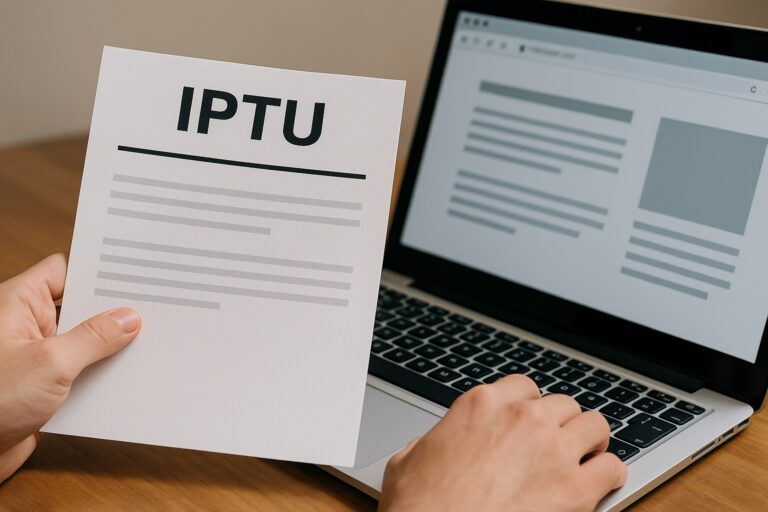Anúncios
Managing personal finances can be overwhelming, especially when you’re juggling student loans, rent, bills, and the occasional splurge on your favorite coffee. Fortunately, technology has made it easier than ever to track every dollar — right from your smartphone.
Whether you’re trying to save for a car, control impulsive spending, or just figure out where your paycheck is going each month, financial apps can offer the clarity and structure you need. But with so many options available, how do you know which one actually works for your lifestyle?
This article reviews five of the most popular — and completely free — finance apps in the U.S. We’ll explore their features, benefits, and ideal users so you can make a confident choice. Let’s dive into the world of smart financial planning that fits in your pocket.
1. Mint: A classic choice with powerful budgeting tools
Mint, by Intuit (the same company behind TurboTax and QuickBooks), has long been a go-to app for personal finance beginners and veterans alike. Its greatest strength lies in its comprehensive approach: you can track spending, set goals, monitor your credit score, and even receive bill reminders — all from one dashboard.
The app automatically categorizes transactions from connected bank accounts and credit cards, giving you a real-time snapshot of your financial health. You can set spending limits in categories like groceries, dining out, and transportation, and Mint will alert you when you’re close to overspending.
Mint is especially appealing for users who want a free and all-in-one solution. While there are ads and product suggestions, the functionality remains robust without the need for in-app purchases.
2. Goodbudget: Envelope-based planning for smart savers
Goodbudget brings an old-school system — the envelope method — into the digital age. Instead of tracking every single transaction automatically, Goodbudget encourages proactive budgeting by having users assign money to digital “envelopes” for different expense categories.
It’s a great tool if you’re sharing a budget with a partner, thanks to its cloud syncing features across multiple devices. This makes it ideal for young couples or roommates managing shared finances.
Goodbudget doesn’t connect directly to your bank accounts, which is a plus for privacy-minded individuals. However, it does require manual entry for each transaction, which some users might find time-consuming. Still, for those who want intentional control over their money, this method is hard to beat.
3. YNAB (You Need A Budget): A habit-building powerhouse
YNAB is more than just an app — it’s practically a financial philosophy. Its core rule is simple: “Give every dollar a job.” The app is built around the idea of zero-based budgeting, where every dollar you earn is assigned to a specific task, from paying rent to funding your vacation.
While YNAB is normally a paid service, it offers a 34-day free trial with full features. This is plenty of time to see if it’s the right fit for your budgeting style. It also provides educational resources and workshops to help users build sustainable financial habits.
YNAB is best for users who are ready to take an active role in their financial journey. It does require a bit of a learning curve, but the payoff is often a greater sense of control and long-term savings.
4. PocketGuard: Control spending before it controls you
PocketGuard is designed for one clear purpose: helping you avoid overspending. Its standout feature, “In My Pocket,” shows exactly how much disposable income you have after factoring in bills, goals, and necessities. This makes it an excellent option for users who often wonder, “Can I afford this?”
The app connects with your financial accounts and uses algorithms to identify recurring expenses and upcoming bills. You can set spending limits for specific categories and monitor your progress in real time.
One of PocketGuard’s best perks is its simplicity. It avoids information overload and presents key data in a user-friendly way. If your goal is to stop overspending and build better habits without diving into complex budgets, PocketGuard is a solid choice.
5. Fudget: Simplicity that works
If spreadsheets make your brain hurt and complicated graphs leave you feeling lost, Fudget might be your best friend. It’s a minimalist app that allows you to quickly create lists of income and expenses without needing to link your bank accounts.
Fudget is perfect for users who want fast, no-frills financial planning. Whether you’re saving for a weekend trip or tracking monthly bills, the app makes it easy to stay on top of your finances with just a few taps.
One downside is the lack of features like automatic syncing or financial forecasting. But what it lacks in complexity, it makes up for in speed, clarity, and ease of use. It’s also completely free, with optional in-app purchases for customization.
How to choose the best app for your lifestyle
Choosing the right finance app depends heavily on your habits, goals, and comfort level with technology. Are you looking for automatic syncing and full financial oversight? Mint or PocketGuard might be the way to go. Do you prefer a more intentional, hands-on approach? Goodbudget or YNAB could be your match.
Ask yourself:
- Do I want to track every dollar or just get a general sense of spending?
- Am I budgeting alone or with a partner?
- Do I prefer automatic categorization or manual input?
- Do I need extra features like goal tracking and bill reminders?
There’s no single “best” app for everyone. The right choice is the one that makes you feel more in control of your money and motivated to stick with your goals.
Conclusion
Mastering your personal finances doesn’t require a finance degree or a complicated spreadsheet. With the help of free, user-friendly apps, you can build better habits, gain clarity over your spending, and work toward your financial goals — all from your phone.
Each app we reviewed offers something unique, whether it’s automation, simplicity, or a philosophy-driven approach. By understanding your own needs and preferences, you’ll be well-equipped to pick the tool that fits your lifestyle.
Start exploring these apps today and see which one feels right for you. Sometimes, taking the first step is the most powerful move you can make toward a more secure financial future.
Frequently Asked Questions (FAQ)
1. Are these apps really free or do they have hidden charges?
All five apps offer free versions with useful features. Some may include optional premium versions, ads, or upsell suggestions, but you can get started and manage your budget effectively without paying.
2. Is it safe to connect my bank account to a finance app?
Most finance apps use bank-level encryption and security protocols. Still, it’s smart to choose apps with good reputations and read their privacy policies before linking your accounts.
3. What’s the easiest app to use for complete beginners?
Fudget is the most beginner-friendly thanks to its no-frills design and simple interface. You don’t need any prior experience to use it effectively.
4. Can I use these apps even if I’m not good with numbers?
Absolutely. These apps are designed for everyday users, not accountants. They simplify the budgeting process with visuals, alerts, and easy-to-follow summaries.
5. Which app is best for setting long-term savings goals?
YNAB is especially strong in goal-setting and habit formation. Mint and PocketGuard also offer tools to track progress toward savings goals.



